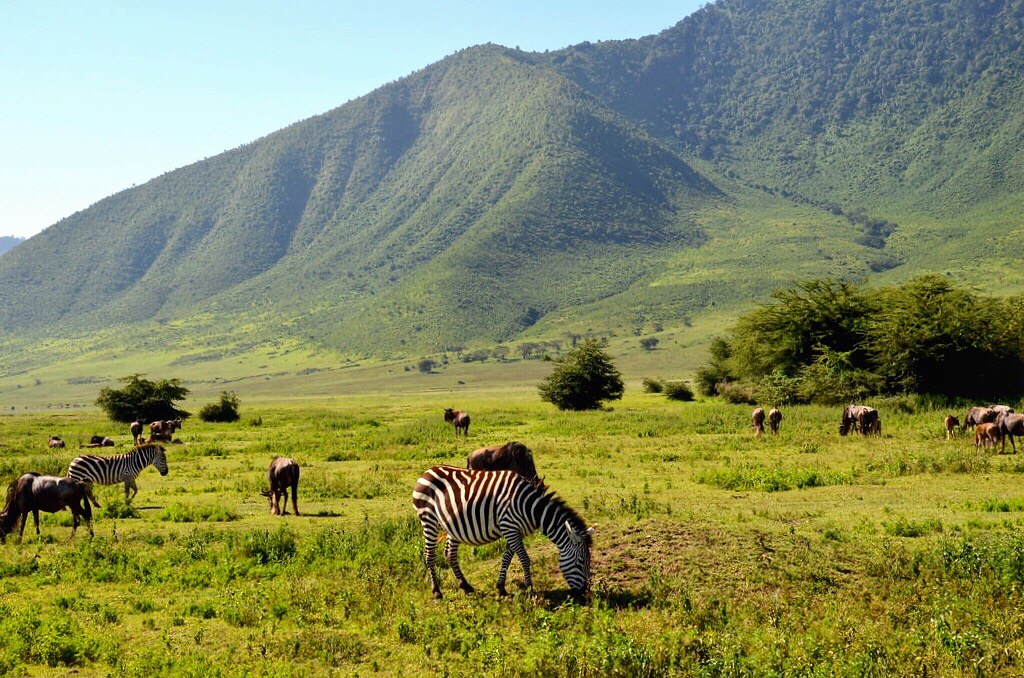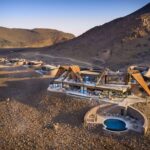Nestled in the heart of Tanzania, the Ngorongoro Crater offers a stunning glimpse into a world where nature and wildlife coexist in an untouched Eden. This geological marvel, often called the eighth wonder of the world, is a UNESCO World Heritage Site and a pivotal conservation area within the larger Ngorongoro Conservation Area.
A Unique Geographical Marvel
The Ngorongoro Crater was formed when a giant volcano exploded and collapsed on itself over two million years ago. Today, it stands as the largest intact volcanic caldera in the world, spanning approximately 20 kilometers across, with walls as high as 600 meters. The crater floor, at an elevation of 1,800 meters above sea level, covers 260 square kilometers and offers a natural sanctuary for some of Africa’s densest population of large mammals.
A Haven for Wildlife
What makes Ngorongoro Crater unique is its dense and diverse wildlife population. It is one of the few places on earth where you can witness the Big Five (lion, leopard, rhinoceros, elephant, and buffalo) within a few hours of game driving. The Crater is home to about 25,000 animals, including a healthy population of black rhinos, which are critically endangered. The varied habitats within the Crater, including grasslands, swamps, forests, and Lake Magadi—a sizeable alkaline lake—provide ideal conditions for various animals and birds.
Conservation Efforts and Human Coexistence
The Ngorongoro Conservation Area is unique in integrating human habitation with wildlife conservation. The indigenous Maasai tribespeople, known for their distinctive customs and dress, coexist with the wildlife, continuing their traditional semi-nomadic lifestyle. This integration of human and wildlife habitats presents unique conservation challenges and opportunities. Efforts are continually made to balance the needs of the wildlife with those of the local communities.
Tourist Attractions and Activities
Tourism in Ngorongoro Crater is a significant part of Tanzania’s economy. Visitors can enjoy various activities, from game drives and guided walks to visiting Maasai villages to learn about their culture and traditions. The panoramic views from the Crater’s rim are breathtaking and offer great opportunities for photography.
Preserving the Natural Beauty
The future of Ngorongoro Crater hinges on sustainable tourism and effective conservation strategies. Efforts are made to ensure that tourism has a minimal impact on the natural environment and contributes positively to the community. Projects and initiatives to protect the Crater’s ecosystem and support local communities are critical to its sustainability.
Conclusion
The Ngorongoro Crater in Tanzania is more than just a wildlife sanctuary; it is a vital part of the country’s heritage and a symbol of the harmonious coexistence of man and nature. With its stunning landscapes, rich biodiversity, and cultural significance, the Crater remains one of Africa’s most precious natural jewels. Whether you are a nature lover, wildlife enthusiast, or culture seeker, Ngorongoro offers an unparalleled experience that is both enriching and enlightening.



